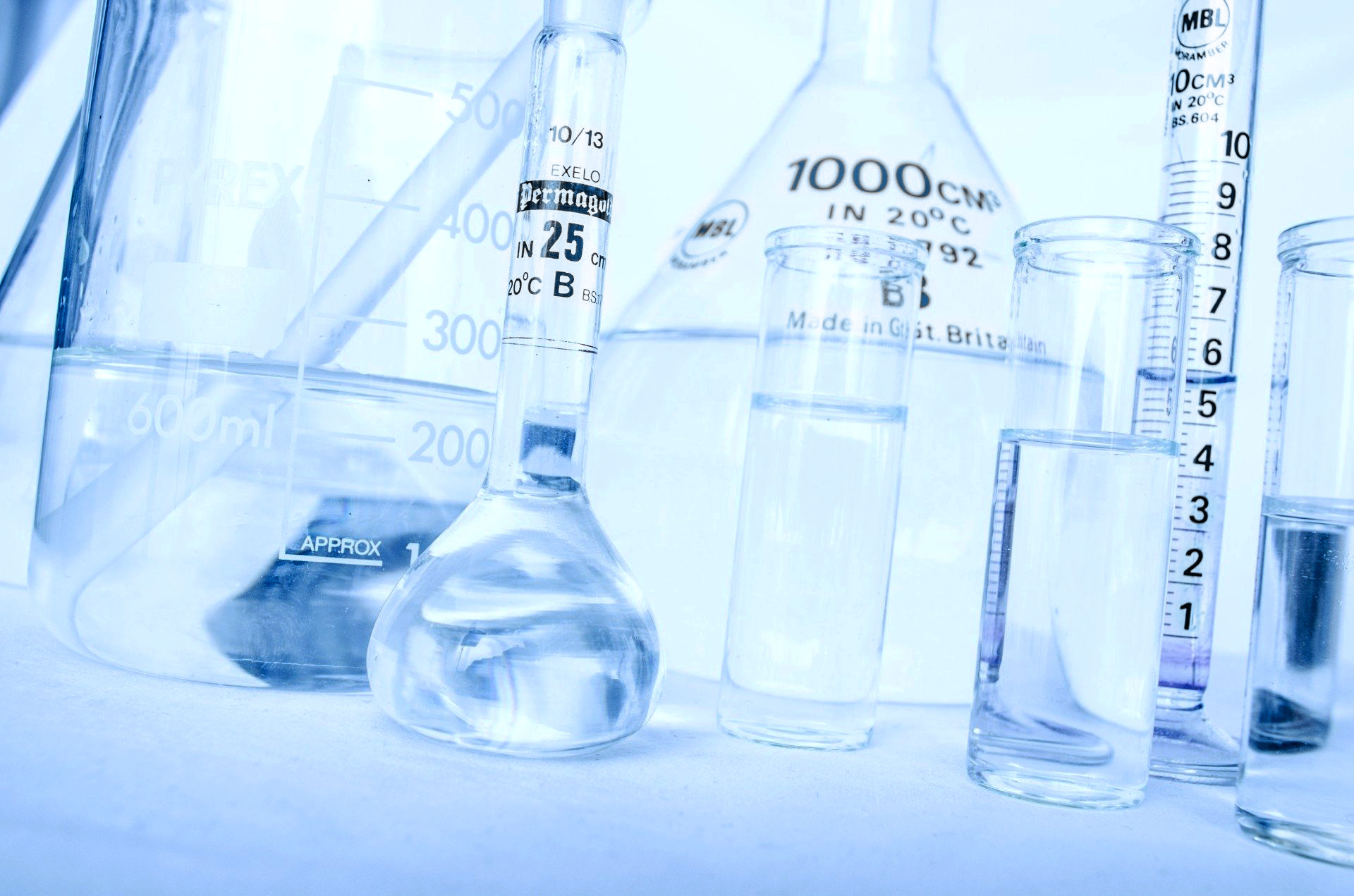What is the biodeterioration of stones?
Many micro-organisms (bacteria, fungi, algae) and lichens are able to grow on the stones of houses and monuments and can be responsible for damage. Not only do these damages have an unsightly appearance, but when there is insufficient protection, mosses, lichens, algae and fungi can appear.
How do the stones get contaminated?
The material is the physical support for biodeterioration and certain elements present in the stone matrix can be used as nutrients or, on the contrary, as growth inhibitors. The surface state is an aggravating factor during microbial colonisation. The porosity of the material is a factor to be taken into account as it accelerates biodeterioration. The more or less branched filaments of the mould allow the recovery of nutrients dissolved in the water trapped in the pores of the stone.
What are the consequences of the biodeterioration of the stones?
Biodeterioration of stones is defined as the unwanted damage of stones under the action of micro-organisms, lichens and mosses. Biodeterioration processes lead to the loss of material properties, changes in its composition or even to a drop in its mechanical characteristics. When stones are included in a structure, biodeterioration can lead to a risk to the structure.
How to treat?
Four possibilities:
- It is possible to clean mechanically or with bleach. This will be very effective at the time. However, bleach will increase the porosity of the stone and make it more sensitive to frost.
- Pressurized water, on the other hand, can scatter spores and bury microorganisms in the porosity of the substrate.
- With these methods, there will be no further protection. By using a quaternary ammonium such as the ORGANCIDE QC 50, the effect is deep down in the support to dislodge micro-organisms, and over time since there is protection over time.
- There is also biomineralization, which utilizes the ability of certain telluric micro-organisms to make calcium carbonate on the surface of the stone


